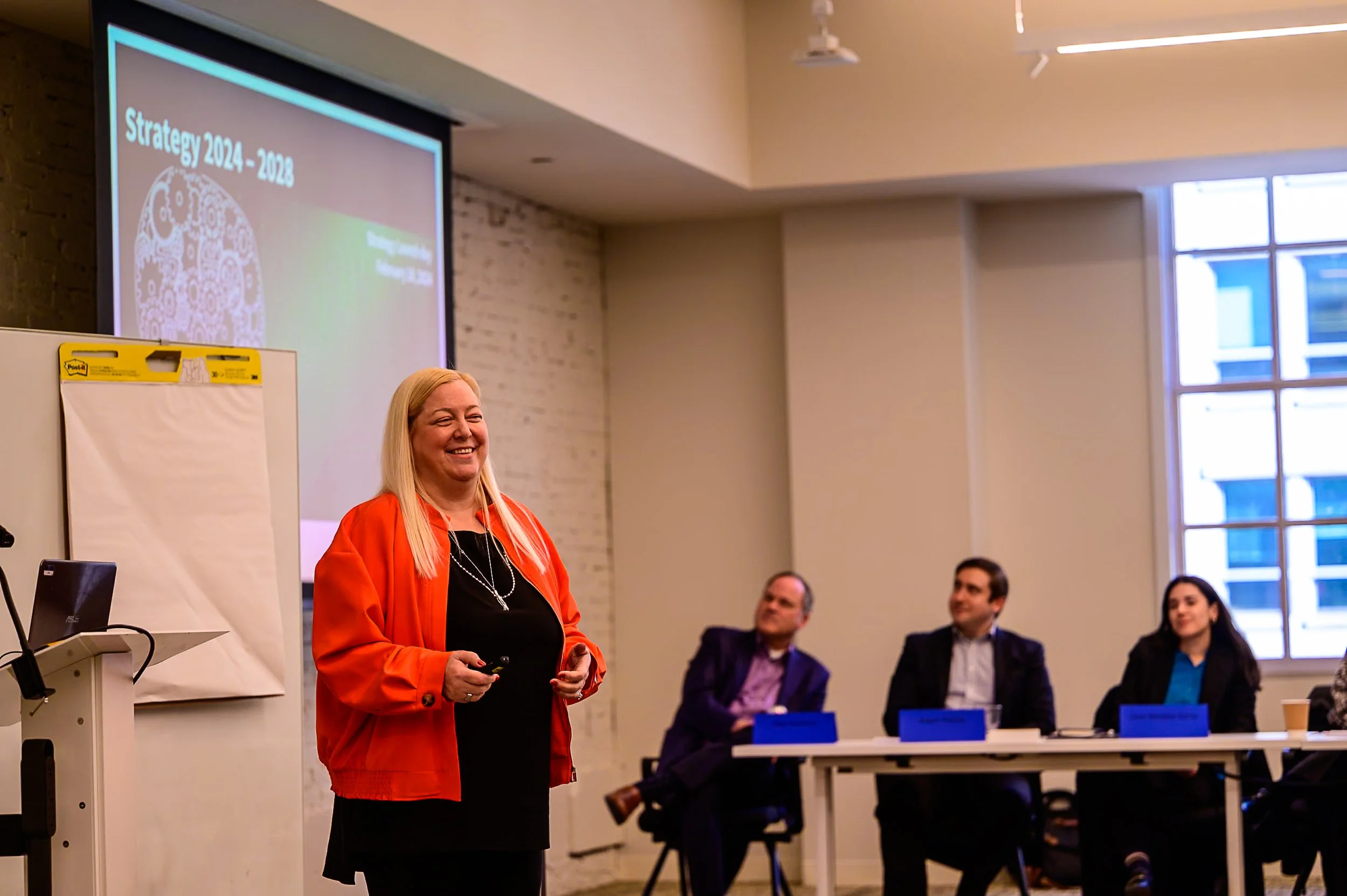
Can a Government Program Create Brand Loyalty?
In an environment of limited resources, the Department of Homeland Security (DHS) and its components face the challenge of creating loyal stakeholders as a means to stay relevant and obtain sustained funding. In the many mission areas across DHS, there are valuable, unique programs that must grow and develop to meet the ever-increasing needs of demanding stakeholders.
Clearly communicating a program’s mission and identity – often called branding in the private sector – provides a way to clearly distinguish the importance of a program to stakeholders and, even in some cases, to the American public. This can increase awareness of the program and help it overcome any cultural resistance.
Storytelling is a unique tactic that brings a program to life for a stakeholder or the American public. It is a valuable part of DHS’ toolkit to communicate its functions, services, and mission. Storytelling transcends different channels – conferences, webinars, social media, websites, etc. – and creates a sense of community by connecting with what is important to stakeholders.
Agencies should develop their storytelling capabilities to strategically build brand loyalty with their stakeholders. This translates into support from Congress, sometimes in the way of additional funding, and allows the program to expand what they can offer. For example, as the Integrated Public Alert and Warning System (IPAWS) expanded the ability of emergency managers to communicate with residents within a geography threatened by a natural disaster, it also offered the capability to save lives through Amber alerts. The more the American people know about the service, the more quickly they will respond to a life-saving alert in their area.
The public increasingly relies on social media. This channel is particularly useful in strengthening brand loyalty through connectivity and accessibility. Launching storytelling campaigns and using a tool, such as social media, is necessary to promote agency services. Through a sense of belonging, stakeholders may turn into brand loyalists and continue to promote and support agency products and services.
Branding, and storytelling, provide the perfect platform to tell the stories that will keep our nation safe, sometimes even one life at a time.





















